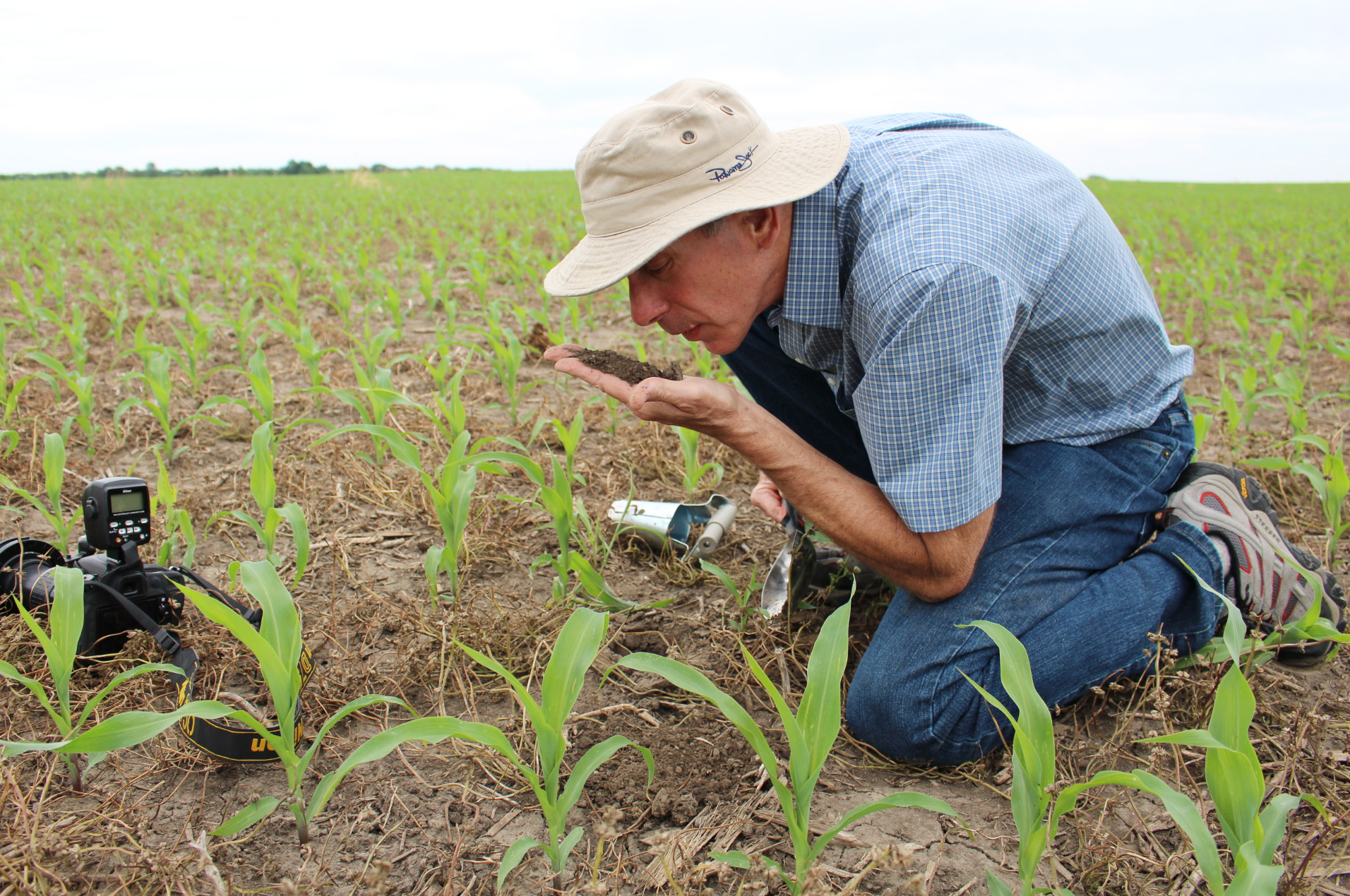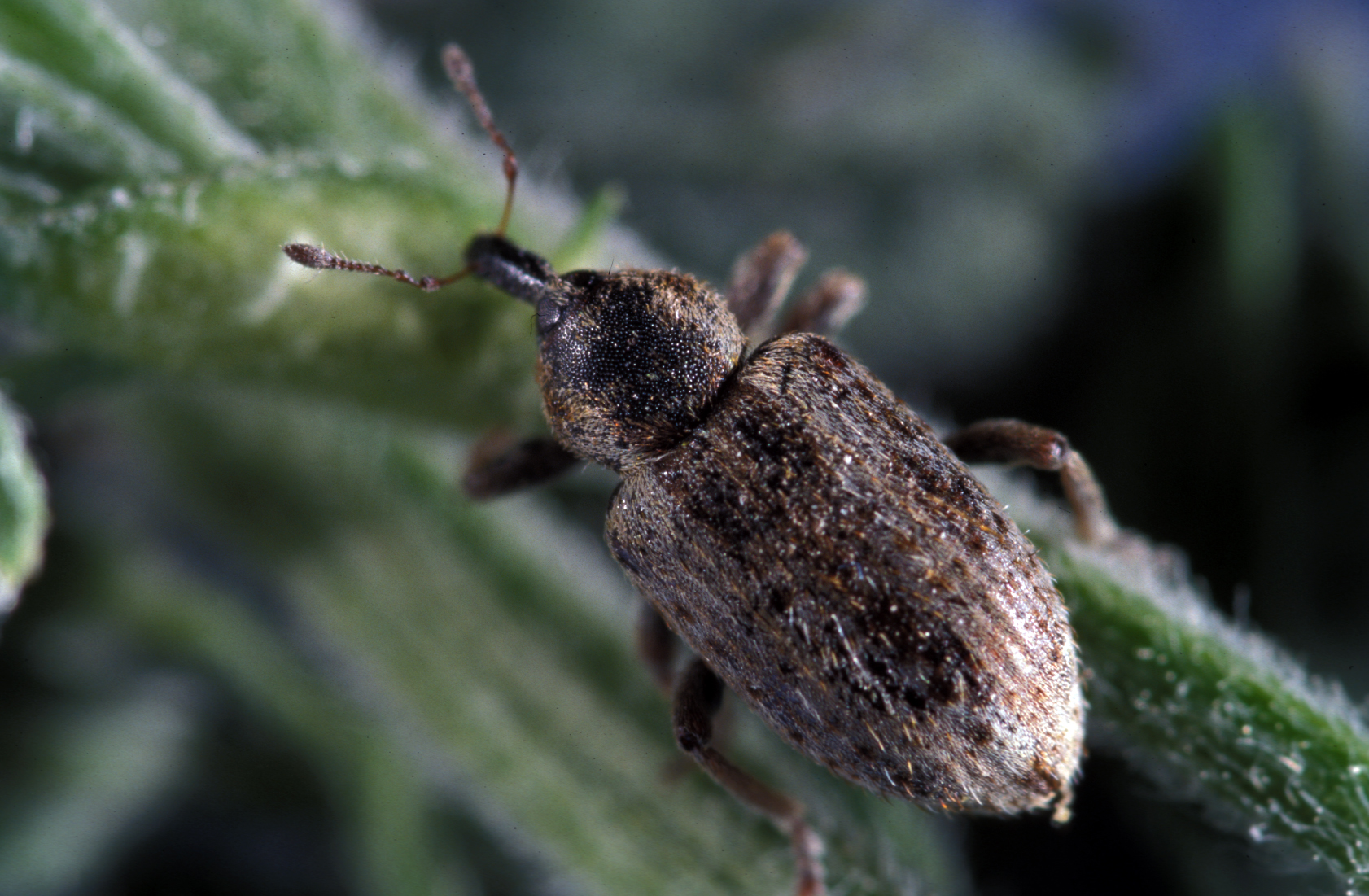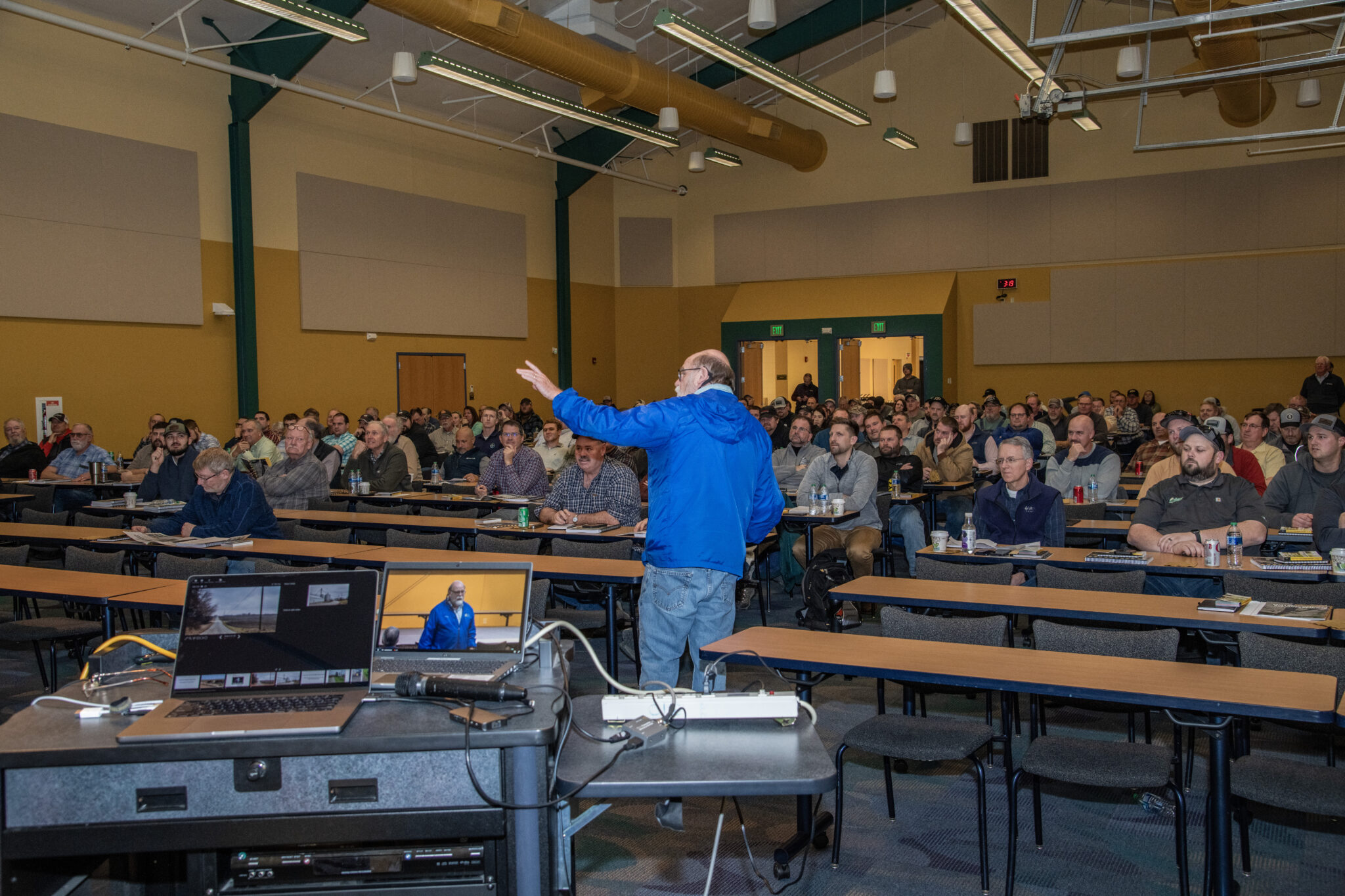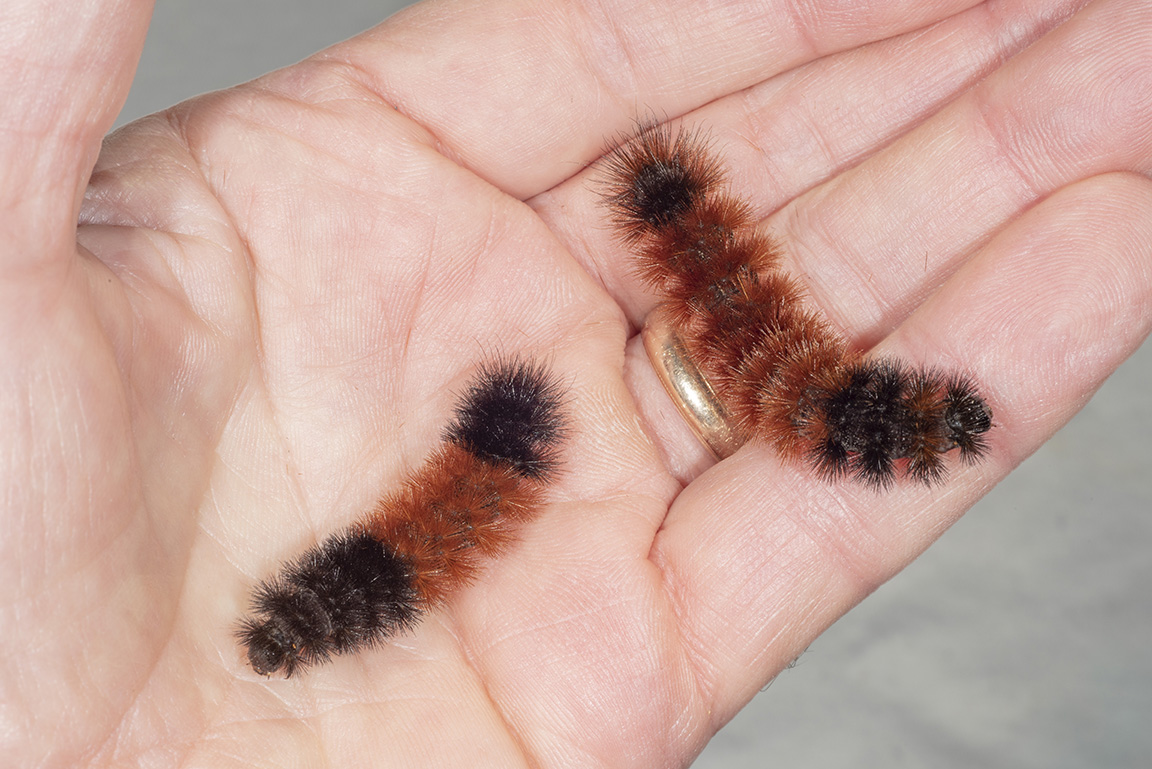
After nearly 38 years as Purdue IPM Specialist, it is time for me to write my last Pest&Crop article.


After nearly 38 years as Purdue IPM Specialist, it is time for me to write my last Pest&Crop article.

Pest managers in southern Indiana should begin scouting their alfalfa for leaf feeding from weevil larva.
The following is a link to a simple, short online survey.

Purdue’s 2025 Crop Management Workshop In-Person & Virtual
The following is a link to a simple, short online survey.

While traveling a local county road this week, I was amazed at the number of woolly bear caterpillars I came across.
The following is a link to a simple, short online survey.
The following is a link to a simple, short online survey.
The following is a link to a simple, short online survey.

The vast majority of corn has long ago completed pollination. There are the late-planted fields that have yet to do so.
© 2025 Purdue University | An equal access/equal opportunity university | Copyright Complaints | Maintained by Pest&Crop newsletter
If you have trouble accessing this page because of a disability, please contact Pest&Crop newsletter at luck@purdue.edu.